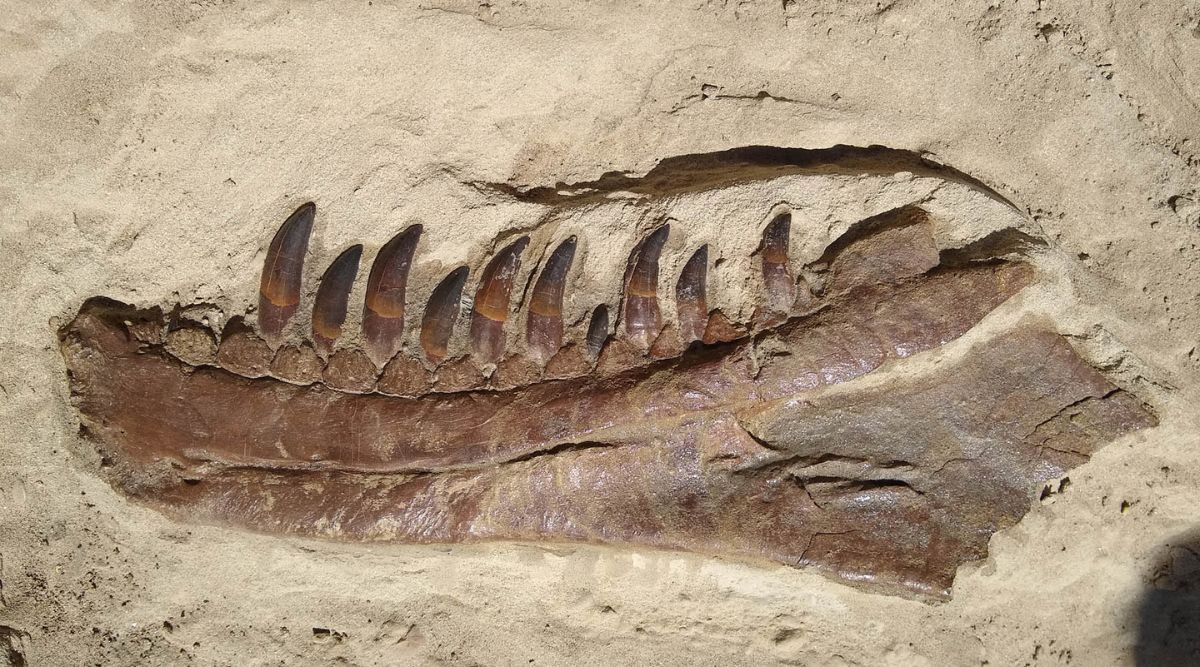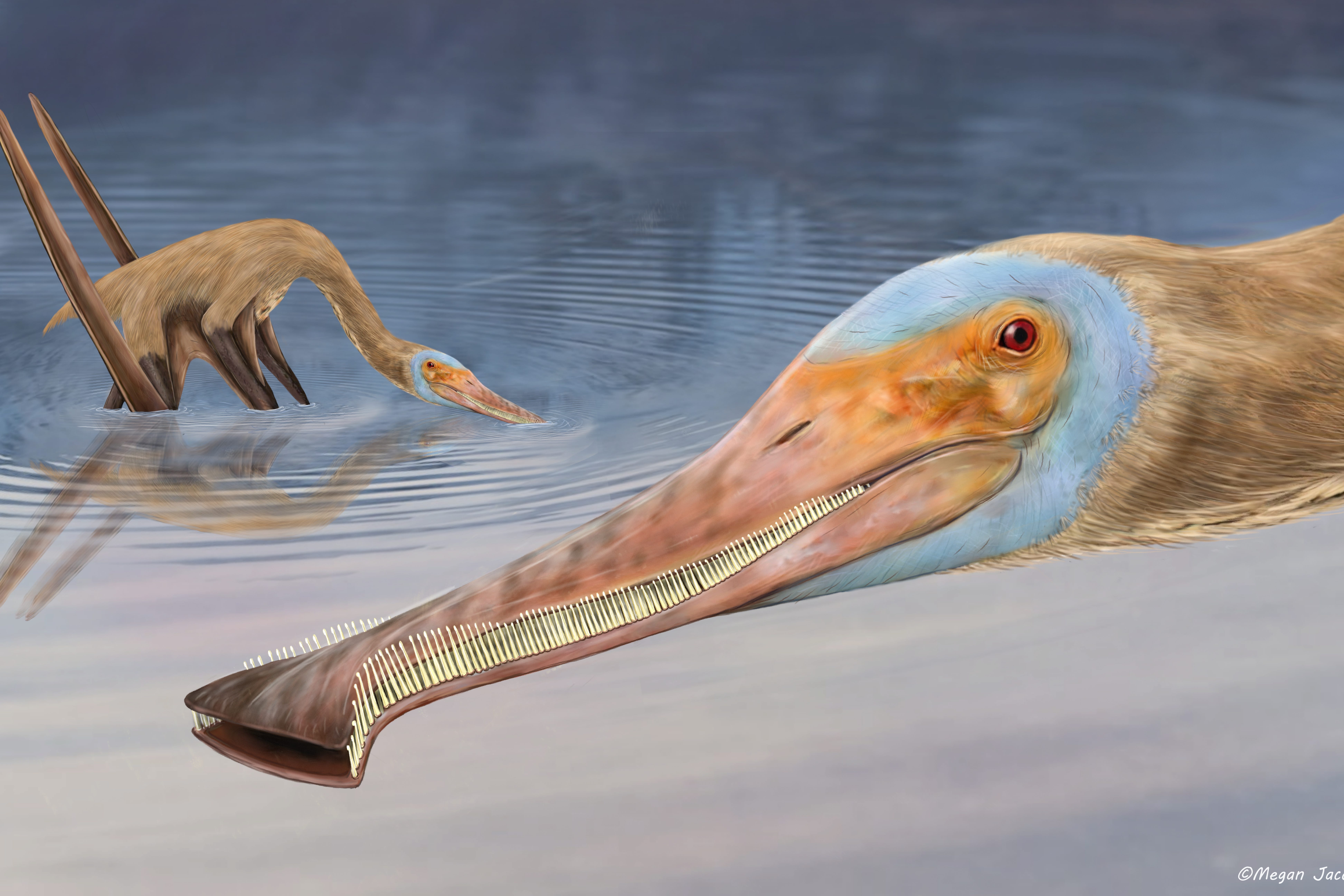Table of Contents
- 10 Bits: The Data News Hotlist – Center for Data Innovation
- The Most Exciting Dino Discoveries Of 2024
- Pin by 성빈 김 on 아이스에이지 in 2024 | Prehistoric animals, Extinct animals ...
- New Dinosaur Discovered 2024 - Pam Lavina
- Pin by 성빈 김 on 아이스에이지 in 2024 | Prehistoric animals, Extinct animals ...
- Pin on dinosaurios in 2024 | Walking with dinosaurs, Prehistoric ...
- RECUR SCIENTIFIC DINOSAURS: new for 2024 - Paleo Nerd
- Dinosaurs! in 2024 | Natural history, Prehistoric animals, Museum
- New Dinosaur Discovered 2024 - Pam Lavina
- Pin by gojira dino🦖 on DINOSAURS in 2024 | Walking with dinosaurs ...

Deep within the realms of paleontology, a fascinating discovery has been made, shedding new light on the mysteries of the prehistoric world. Meet Gnatalie, the only known green-boned dinosaur to have been found on our planet. This extraordinary creature is not only a marvel of nature but also a subject of intense scientific interest. As researchers delve deeper into the characteristics and habits of Gnatalie, the world is poised to learn more about this unique dinosaur and its place in the ancient ecosystem.


The Discovery of Gnatalie

Gnatalie's discovery is a testament to the tireless efforts of paleontologists and the advancements in fossil excavation techniques. The finding of her remarkably preserved green-boned remains has sparked a flurry of excitement among the scientific community. Initial studies suggest that Gnatalie's green bone coloration is not a result of mineralization or post-mortem staining but an actual characteristic of her bone structure. This phenomenon has never been observed in any other dinosaur, making Gnatalie a one-of-a-kind specimen.


Characteristics and Possible Habits

As scientists continue to study Gnatalie, several theories have emerged regarding her possible habits and characteristics. The green coloration of her bones could indicate a diet rich in certain minerals or pigments, possibly even suggesting a herbivorous diet. Furthermore, the unique bone structure might have provided Gnatalie with enhanced strength or agility, allowing her to thrive in environments where other dinosaurs might have struggled. Researchers are also exploring the possibility that Gnatalie's green bones could have played a role in her social behaviors or mating rituals, similar to how certain modern species use coloration for communication.


Conservation and Education
The discovery of Gnatalie presents a unique opportunity for educational and conservation efforts. By studying this dinosaur, scientists can gain insights into the evolution of life on Earth and the diversity of prehistoric species. Moreover, Gnatalie's story can captivate the imagination of the public, inspiring a new generation of paleontologists, biologists, and environmentalists. As the world learns more about this incredible creature, it also underscores the importance of preserving natural and historical sites, ensuring that future generations can continue to uncover the secrets of the past.

A Future of Research and Exploration
As the scientific community continues to unravel the mysteries of Gnatalie, the green-boned dinosaur is set to become an iconic figure in the world of paleontology. Future research will likely focus on the biochemical analysis of her bones, comparative studies with other dinosaur species, and possibly even the discovery of more specimens like Gnatalie. The story of this extraordinary dinosaur serves as a reminder of the awe-inspiring complexity and beauty of the natural world, encouraging us to pursue knowledge and protect our planet's invaluable heritage.
In conclusion, Gnatalie, the only green-boned dinosaur found on the planet, is an extraordinary discovery that promises to reveal new insights into the prehistoric world. As we continue to learn more about her, we are reminded of the importance of scientific exploration, conservation, and the wonders that await us in the uncharted territories of our planet's history.
Keyword List: Gnatalie, green-boned dinosaur, paleontology, dinosaur discovery, prehistoric world, natural heritage, conservation efforts, scientific research, educational opportunities.